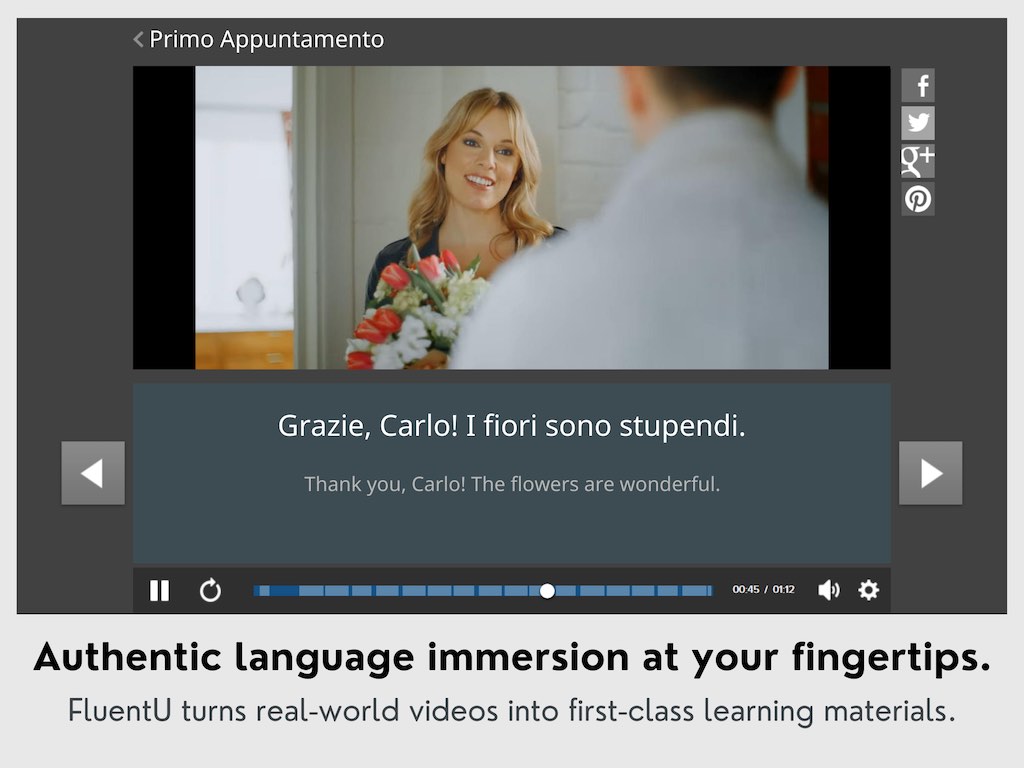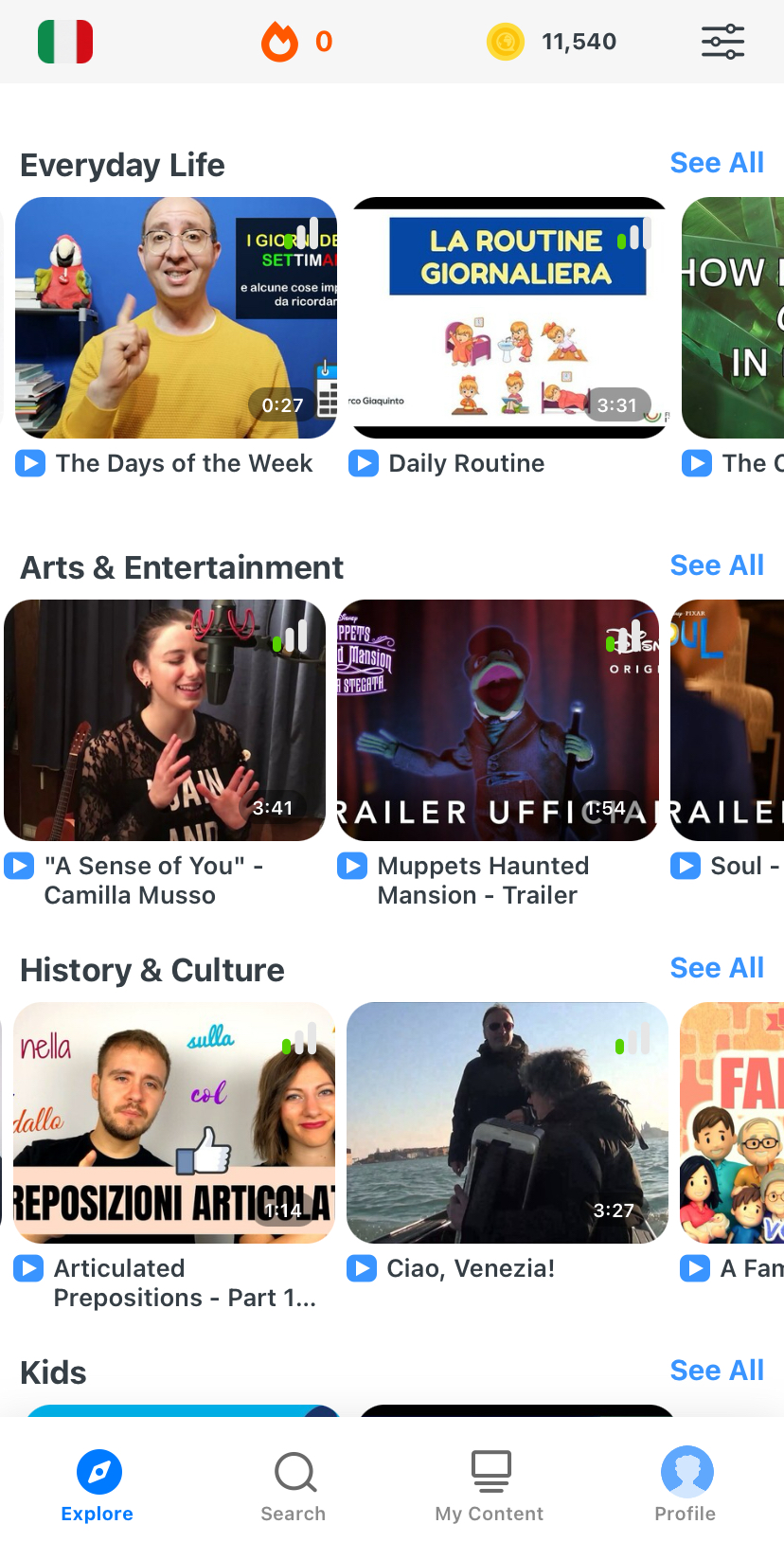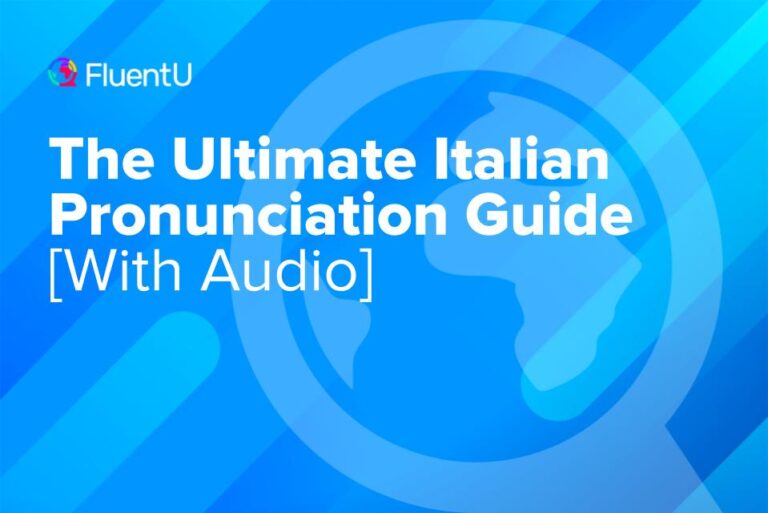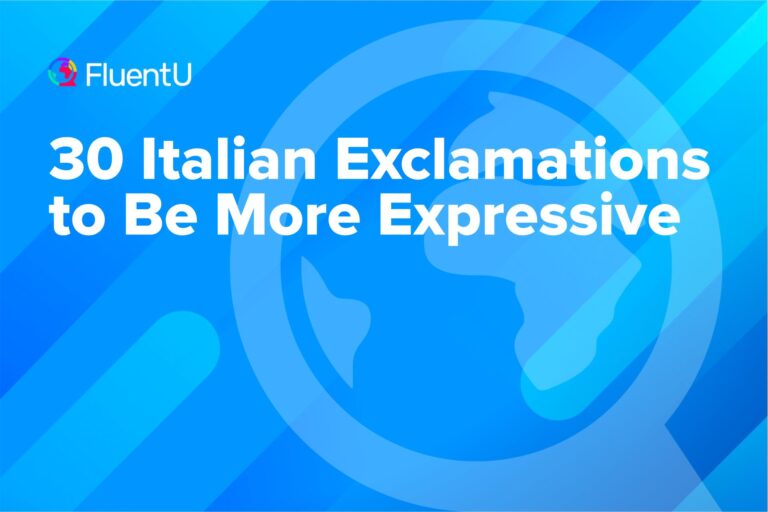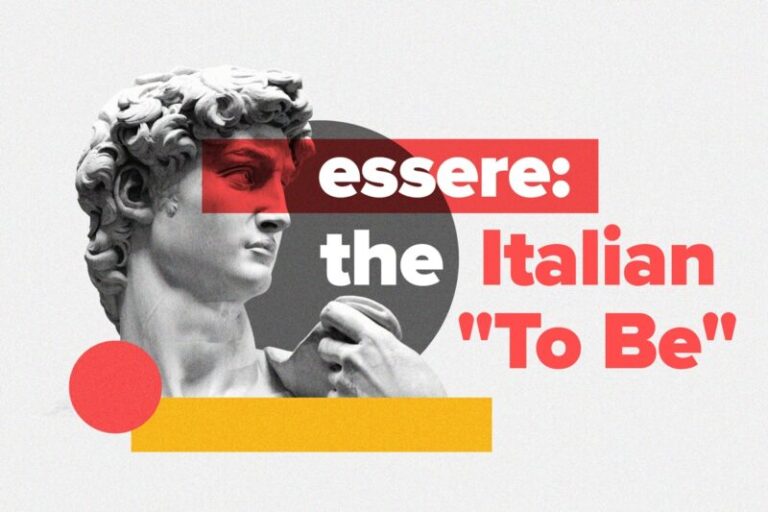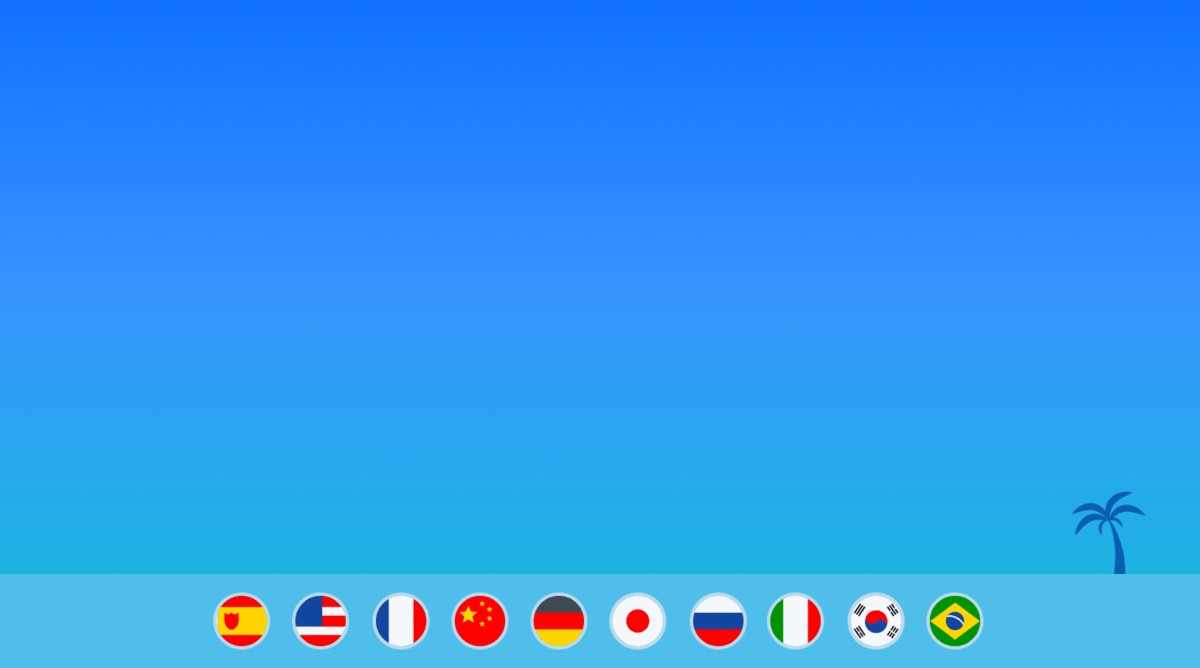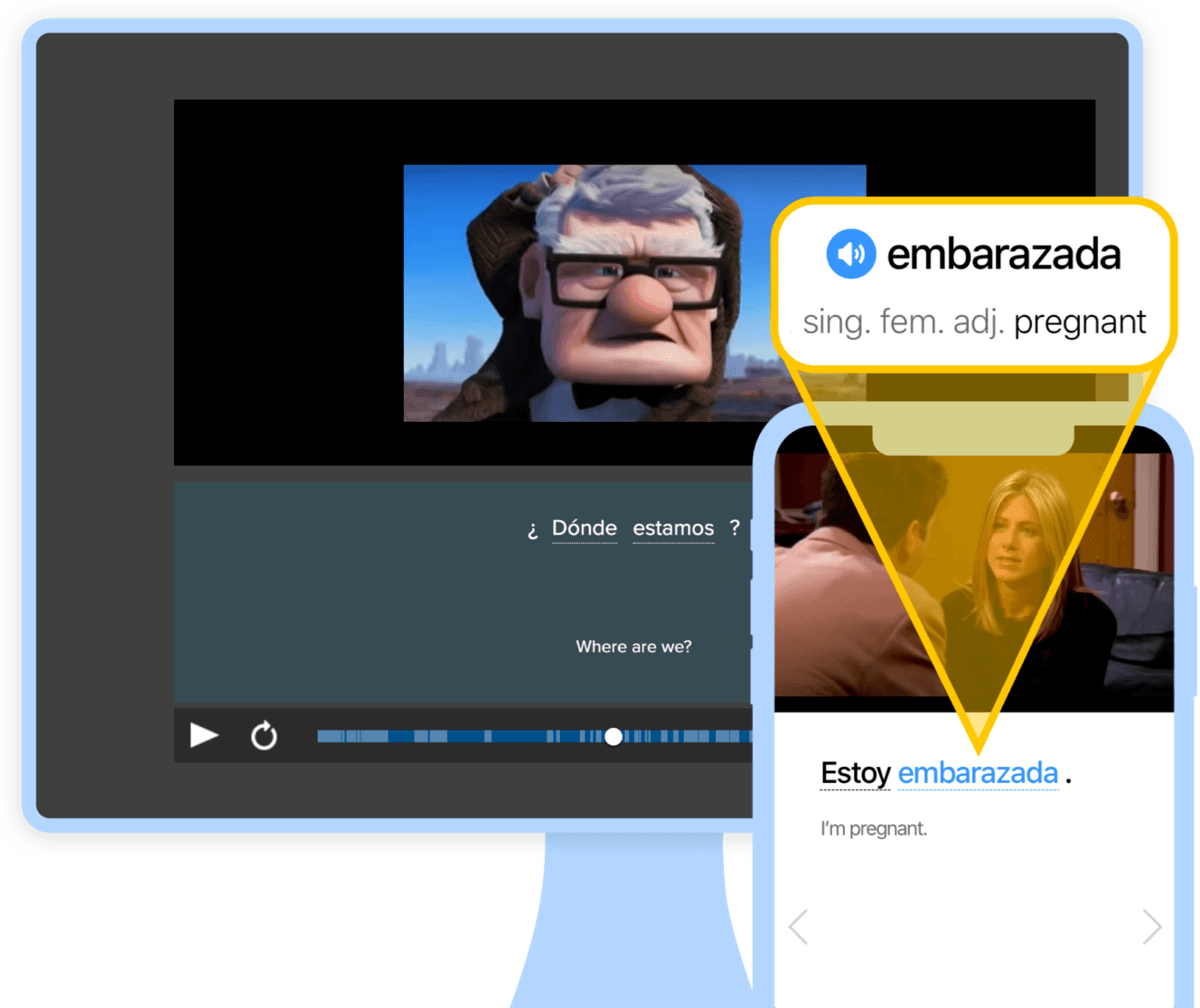Italian Dialects and the Languages of Italy

It’s fine if you alight in Naples and can order a pizza in flawless Italian. But to really impress your friends, you’ll need to order a real local specialty like the octopus in broth, and you’ll have to do it in the Neapolitan language: o’ bror’ e purp’.
In this overview, I’ll discuss major considerations for travelers to Italy, some languages (or dialects) to be aware of, as well as a few phrases in Sicilian and Neapolitan that you’ll find useful if you’re ever in the area.
Download: This blog post is available as a convenient and portable PDF that you can take anywhere. Click here to get a copy. (Download)
What Learners Should Know About the Many Languages of Italy
Italy is home to 28 indigenous languages (and six non-indigenous) according to this count by Ethnologue.
That’s right, those are languages, not dialects. Italians usually—and rather erroneously, in the eyes of many linguists—refer to Neapolitan and the others as i dialetti (the dialects).
Italians’ use of the term “dialects” reinforces that these are not written down or taught, and are thus seen as somehow less than a “real language.”
The difference between dialects and languages
So what’s the actual difference between a language and a dialect? There isn’t one, really.
“Dialect” is more of a political designation than a linguistic category. It’s used to show which languages (and therefore speakers) a government or society chooses to empower and how.
Most linguists avoid the whole question, but when they do dare to distinguish the two, it’s usually concerning levels of mutual intelligibility, which is itself a fraught concept.
Even by that standard, the languages of Italy are definitely languages: A Sardinian speaker understands Friulian as much as and no more than a French speaker understands Spanish.
That is, they have the same root as languages descended from Latin, and some speakers could make themselves understood to each other in certain situations. However, there are enough grammar and vocabulary differences to cause plenty of problems in understanding.
Languages spoken in Italy
Most of the languages of Italy are Romance languages, meaning that they developed in parallel to Italian out of Common Latin (as did French, Spanish, Portuguese, etc.). These languages didn’t develop from Italian.
There are also non-Romance languages in Italy, including some from the Slavic, Germanic and Albanian families.
Some European Romance languages like Italian have risen to the top (based on what royals spoke, who had political power, etc.) and were then written down and taught in schools.
Meanwhile, many more have languished—but there’s no intrinsic grammar or linguistic reason that Italian is more of a language than Neapolitan.
The fluidity of languages
Without the formal standardization that education and writing bring to a language, it can be controversial and complicated to separate out exactly where one language ends and another begins.
For example, as you travel through southern Italy, where does Neapolitan end and Calabrian begin? And where does Calabrian end and Sicilian begin? Some people have very strong opinions on these questions, but there’s hardly a consensus.
And in fact, there’s a sort of continuum, with each town and family speaking its own version. The failure to formalize these languages also means that you, as someone learning them, may encounter many different versions of what various locals consider “correct.”
But hey, that’s all part of the fun.
The 5 Main Italian Dialects
While it would be beyond the scope of this article to list every single language spoken in Italy, below are a few of the more important and interesting ones to consider as a traveler.
All of these can vary quite a bit in terms of grammar and vocabulary as you go from town to town or even from neighborhood to neighborhood.
Neapolitan
Variants of this language are spoken across much of southern Italy.
Thanks to a one-time Spanish hold over the place, there are plenty of Spanish loanwords in the language that may sound familiar to some travelers.
Sicilian
This is spoken, in various versions, on the island of Sicily. It also exists as a variant in southern Calabria.
Friulian
This is spoken in Friuli in northeastern Italy.
Catalan
Barcelona’s language is spoken in Alghero (Sardinia), which was once a part of the Catalan kingdom.
It is, in my personal opinion, very mutually intelligible with Occitan, which is still spoken a bit in the northwest of Italy.
Sardinian
Spoken across most of the middle and south of Sardinia.
A Smidge of Neapolitan for Foreigners
Neapolitan is fun to learn because it’s still spoken often and spoken proudly, even by young people.
Here are a few of the phrases that I enjoy. Be aware that spelling varies quite a bit.
Jamm checazz’. — We’re doing great, things are going swimmingly (usually sarcastic).
Azz! — This is a corollary to the Italian cazzo (the male genitals) and is used as a very common expression of surprise, dismay, or delight.
Nun sacc’ niente. — I know nothing. (It’s always wise to know at least one humble expression of defeat in any language.)
Liev’t a miezz’! — Get out of the middle! (Said to other drivers on Naples’ chaotic, deadly streets.)
A Dash of Sicilian for Foreigners
Sicilian is similarly fun to learn and speak and varies quite a bit across the island. Its spelling is also not fixed.
Auguri e figghi masculi! — Congratulations, and male children! (This is a typical toast that’s been borrowed from weddings and is now used everywhere.)
Avà! — Really! (For showing surprise.)
Paninu ca meusa. — Sandwich with spleens. (Don’t miss this delicacy! If you go to Palermo, eat it at the port.)
How to Learn Italian Dialects
The above phrases are just intended to give you a taste of fun local phrases and words from various parts of the country. Hungry for more? Here are some more tips on how to learn the Italian languages and dialects.
- You can learn more by asking people, especially older folks who are more likely to speak these languages better. Why not go straight to the source?
- In some cases, there are bilingual dictionaries in Italian, such as for Neapolitan and for Sicilian. If you’re lucky, you might come across a few more.
- If you have a foundation already, learning guides might help to some extent (like the one on Omniglot and I love Sicilies for Sicilian). They’re generally directed to Italians who grew up hearing their grandparents speak. They’re less useful if you’re just starting out from zero.
- You can also practice listening to the various Italian dialects with authentic Italian videos on the FluentU language learning program. If you have trouble understanding the pronunciation or speech, you can toggle on interactive captions in Italian or English (or both), while you watch.
FluentU takes authentic videos—like music videos, movie trailers, news and inspiring talks—and turns them into personalized language learning lessons.
You can try FluentU for free for 2 weeks. Check out the website or download the iOS app or Android app.
P.S. Click here to take advantage of our current sale! (Expires at the end of this month.)
- A much better way to learn is to search for online classes from Italian teachers on italki and narrow in on teachers coming from the regions that you’re interested in. I’ve used this method successfully to locate teachers for both Neapolitan and Sicilian.
Cultural Etiquette and Considerations
One incredibly important thing to keep in mind as you learn various Italian dialects is that almost nobody else—including Italians themselves—makes a concerted effort to do so. People will think you’re fun and crazy, but they may also, in certain cases, take offense.
For example, older locals in the region of Bari may not feel great about the fact that they speak what they themselves consider to be a backward, provincial “dialect,” and your attempt to speak the language to them is likely to come off as making fun of them, no matter how far that is from the truth.
One more piece of advice: Don’t just learn curse words! I know, dears, it’s titillating, but there’s so much more you can do!
When I plunge into a new language, I always endeavor to learn the words and phrases that reveal something about cultural attitudes as well as a few words for local dishes. These are ultimately far more useful and rewarding.
However you choose to continue, remember to have fun, as the lack of standardization can make it hard for anyone to really say what’s “correct” in most of these languages.
But whether you’re just out to learn a few phrases, or are hoping for a lifetime of pillow talk with a Neapolitan, you’ll certainly find that learning any of these Italian dialects is worth it.
Download: This blog post is available as a convenient and portable PDF that you can take anywhere. Click here to get a copy. (Download)
And One More Thing…
If you’re like me and prefer learning Italian on your own time, from the comfort of your smart device, I’ve got something you’ll love.
With FluentU’s Chrome Extension, you can turn any YouTube or Netflix video with subtitles into an interactive language lesson. That means you can learn Italian from real-world content, just as native speakers actually use it.
You can even import your favorite YouTube videos into your FluentU account. If you’re not sure where to start, check out our curated library of videos that are handpicked for beginners and intermediate learners, as you can see here:
FluentU brings native Italian videos within reach. With interactive captions, you can hover over any word to see its meaning along with an image, audio pronunciation, and grammatical information.
Click on a word to see example sentences and other videos where it's used in different contexts, then add it to your flashcards. For example, if I tap on the word "scappare," this is what pops up:
Want to make sure you remember what you've learned? We’ve got you covered. Each video comes with exercises to review and reinforce key vocab. You’ll get extra practice with tricky words and be reminded when it’s time to review so nothing slips through the cracks.
The best part? FluentU tracks everything you’re learning and uses that to create a personalized experience just for you. Start using the FluentU website on your computer or tablet or, better yet, download our app from the App Store or Google Play.
Click here to take advantage of our current sale! (Expires at the end of this month.)

